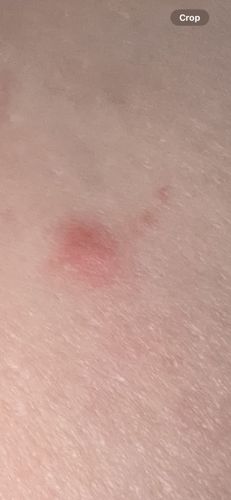Mosquito
Scientific Name: Various species, common genera include Anopheles, Aedes, Culex
Order & Family: Order: Diptera, Family: Culicidae
Size: Typically 3 mm to 6 mm

Natural Habitat
Mosquitoes are found worldwide in various habitats, especially near stagnant water sources such as ponds, marshes, ditches, clogged gutters, and any containers holding water, as these are sites for larval development. Adults prefer shaded, humid areas.
Diet & Feeding
Adult female mosquitoes feed on blood (from humans, mammals, birds, etc.) to obtain protein for egg production. Both male and female mosquitoes feed on plant nectar and other sugar sources for energy.
Behavior Patterns
Mosquitoes are most active during dawn and dusk but can bite at any time. Females require a blood meal for egg production. They undergo complete metamorphosis with egg, larva, pupa, and adult stages. Larvae and pupae live in water.
Risks & Benefits
Risks: Mosquitoes are significant vectors for numerous diseases including malaria, dengue fever, Zika virus, West Nile virus, chikungunya, and various forms of encephalitis. Their bites often cause itchy welts. Benefits: In the ecosystem, mosquito larvae serve as food for aquatic animals like fish and amphibians. Adult mosquitoes are a food source for birds, bats, and other insects. They also play a role in pollination as they feed on nectar.
Identified on: 9/4/2025